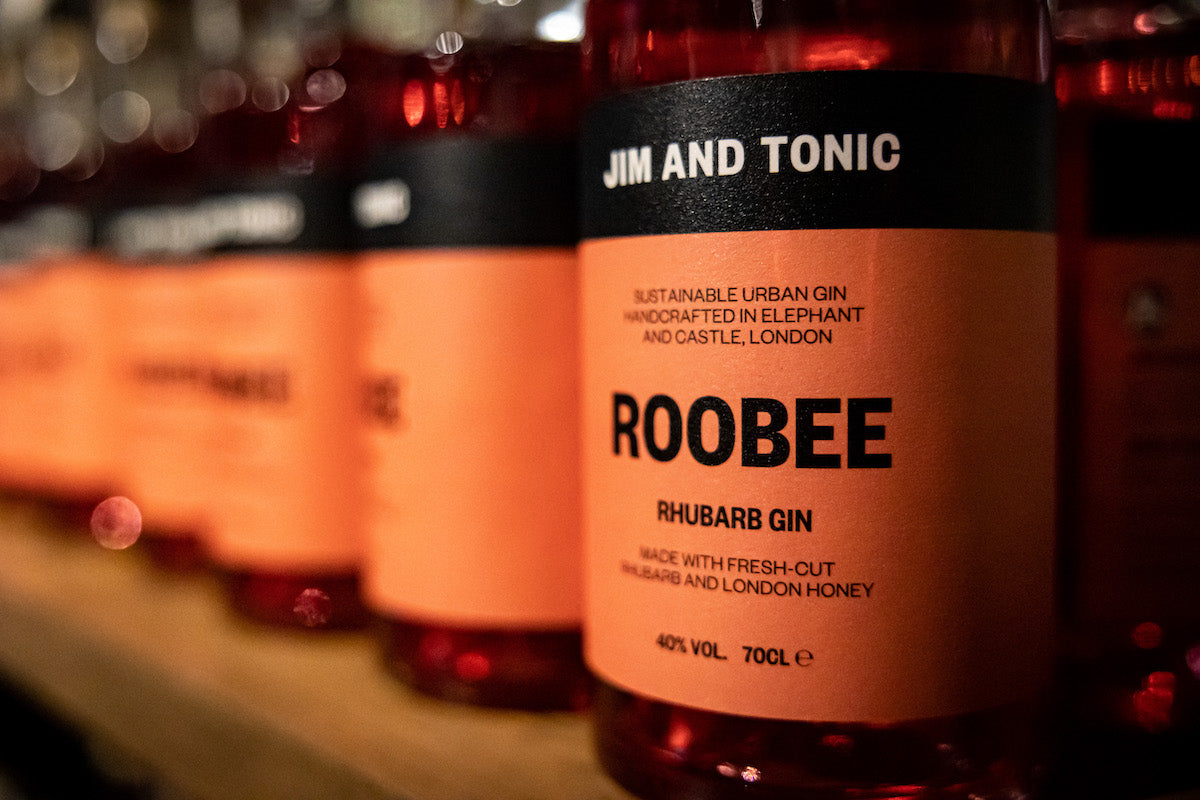
The Main Difference Between Pink and Normal Gin Explained
|
|
Time to read 2 min
|
|
Time to read 2 min
Pink gin differs from regular gin in that regular gin is a distilled alcohol flavoured predominantly with juniper berries, whereas pink gin is typically dry gin flavoured or infused with red fruits such as strawberries, raspberries or rhubarb. Back in the day, ‘pink’ gin was actually a traditional dry gin served with the addition of angostura bitters to give it a pink colour.
Pink gin has a unique colour, yet often has no added sugar and the same amount of alcohol as regular gin.
Gin is a grain-based distilled alcohol flavoured with juniper berries. Juniper berries impart a distinct pine flavour to gin. Furthermore, most of us drink gin with tonic water, rather than straight or on the rocks. In addition, gin is a critical element of a classic martini. Gin is said to have originated in the Netherlands, but it quickly spread throughout Europe. Furthermore, gin may be created in various ways utilising a variety of ingredients, giving rise to a variety of gin styles and brands.
“Genever” is the Dutch word for gin, and it is the original style of gin. It is made from malted grain mash, much like whisky, and has a lower proof than English gin. The most well-known and extensively manufactured type of gin in the world today is London dry gin. Most people regard it as the standard by which gin is measured. Furthermore, most people prepare martinis with London dry gin. Old Tom gin is a sweeter variation of London dry gin.
On the other hand, ‘Plymouth gin’ is a clear, somewhat fruity, full-bodied, fragrant gin, albeit very similar to a London dry gin style. Plymouth gin developed at the harbour of Plymouth on the South coast of England, as the name implies. Today, just one distillery — Plymouth, Coates & Co. – has the exclusive license to create it. As a result, it is both a style and a protected brand name.
On the other hand, Pink gin is a general name for any style of gin that has a pink colour to it. There is no legal definition of pink gin, and therefore many different variations of pink gin exist, and it depends on how each individual distillery makes them own ‘pink gin’, if indeed they have one in their portfolio of products.
Traditionally, before the UK gin bomm (dubbed the ‘ginaissance’) kicked into gear around 2013, pink gin was usually when a mixologist mixed London dry gin with angostura bitters to give it a pinkish colour. People still do this today with a dry gin and a Fever Tree aromatic tonic, with the tonic giving the drink that pink tint. However, nowadays when we hear of ‘pink gin’ we think more of those dry gins that are actually flavoured and infused with red fruits during or after the distillation process. This imparts a sweeter, fruitier flavour into the gin. The most common fruits distilleries will use to create pink gins are strawberries, raspberries, redcurrants and in our case here at Jim and Tonic, fresh rhubarb.
In addition to being a tremendous pre-dinner drink, pink gin is a great cocktail to serve at parties because it goes very well with tonic water or even lemonade.
If you're looking for a super popular pink gin then we’d certainly recommend our Roobee Rhubarb Gin. In actual fact, it’s our best-seller at our bars in London, and is incredibly versatile, going perfectly with elderflower tonic, lemonade or even prosecco.